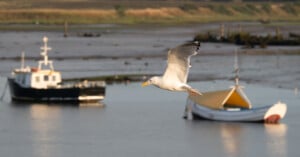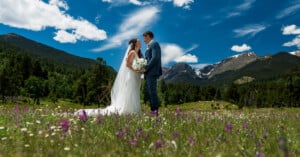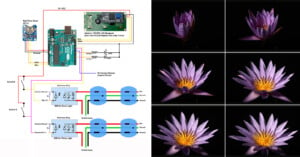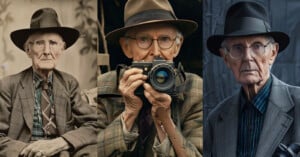
Ethical Wildlife Photography: A Field Guide to Photographing Animals with Respect
A crew working for an unnamed wildlife photographer fed and used cellophane paper to lure a fox for the 'perfect shot' in Grand Teton National Park. Since the fox was conditioned to human food, park officials euthanized it. The photographer got his shot. The fox paid with its life. Learning about this event became the North Star for Arthur Lefo, an OM SYSTEM Ambassador who has spent almost a decade photographing iconic wildlife. Lefo believes that ethical wildlife photography isn't just about rules, but respect.




























